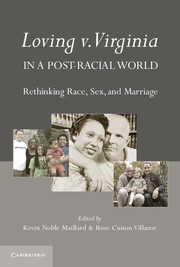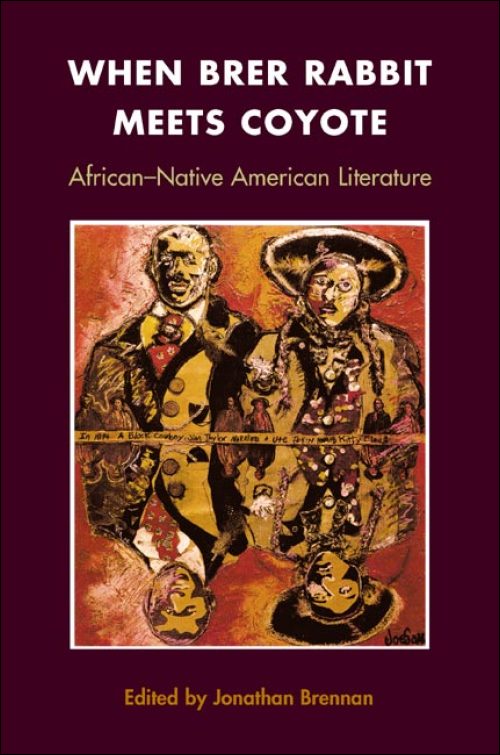American Creoles: The Francophone Caribbean and the American SouthPosted in Anthologies, Anthropology, Barack Obama, Books, Caribbean/Latin America, History, Literary/Artistic Criticism, Louisiana, Media Archive, Social Science, United States on 2012-07-13 01:37Z by Steven |
American Creoles: The Francophone Caribbean and the American South
Liverpool University Press
May 2012
256 pages
234 x 156 mm
Hardback ISBN: 9781846317538
Edited by:
Celia Britton, Professor of French and Francophone Studies
University College London
Martin Munro, Professor of French and Francophone Studies
Florida State University
The Francophone Caribbean and the American South are sites born of the plantation, the common matrix for the diverse nations and territories of the circum-Caribbean. This book takes as its premise that the basic configuration of the plantation, in terms of its physical layout and the social relations it created, was largely the same in the Caribbean and the American South. Essays written by leading authorities in the field examine the cultural, social, and historical affinities between the Francophone Caribbean and the American South, including Louisiana, which among the Southern states has had a quite particular attachment to France and the Francophone world. The essays focus on issues of history, language, politics and culture in various forms, notably literature, music and theatre. Considering figures as diverse as Barack Obama, Frantz Fanon, Miles Davis, James Brown, Édouard Glissant, William Faulkner, Maryse Condé and Lafcadio Hearn, the essays explore in innovative ways the notions of creole culture and creolization, terms rooted in and indicative of contact between European and African people and cultures in the Americas, and which are promoted here as some of the most productive ways for conceiving of the circum-Caribbean as a cultural and historical entity.
Contents
- List of Illustrations
- Acknowledgements
- Introduction – Martin Munro and Celia Britton
- Creolizations
- Lafcadio Hearn’s American Writings and the Creole Continuum – Mary Gallagher
- Auguste Lussan’s La Famille creole: How Saint-Domingue Emigres Bcame Louisiana Creoles – Typhaine Leservot
- Caribbean and Creole in New Orleans – Angle Adams Parham
- Creolizing Barack Obama – Valerie Loichot
- Richard Price or the Canadian from Petite-Anse: The Potential and the Limitations of a Hybrid Anthropology – Christina Kullberg
- Music
- ‘Fightin’ the Future’: Rhythm and Creolization in the Circum-Caribbean – Martin Munro
- Leaving the South: Frantz Fanon, Modern Jazz, and the Rejection of Negritude – Jeremy F. Lane
- The Sorcerer and the Quimboiseur: Poetic Intention in the Works of Miles Davis and Edourard Glissant – Jean-Luc Tamby
- Creolizing Jazz, Jazzing the Tout-monde: Jazz, Gwoka and the Poetics of Relation – Jerome Camal
- Intertextualities: Faulkner, Glissant, Conde
- Go Slow Now: Saying the Unsayable in Edouard Glissant’s Reading of Faulkner – Michael Wiedorn
- Edouard Glissant and the Test of Faulkner’s Modernism – Hugh Azerad
- The Theme of the Ancestral Crime in the Novels of Faulkner, Glissant, and Conde – Celia Britton
- An American Story – Yanick Lahen
- Notes on Contributors
- Index









